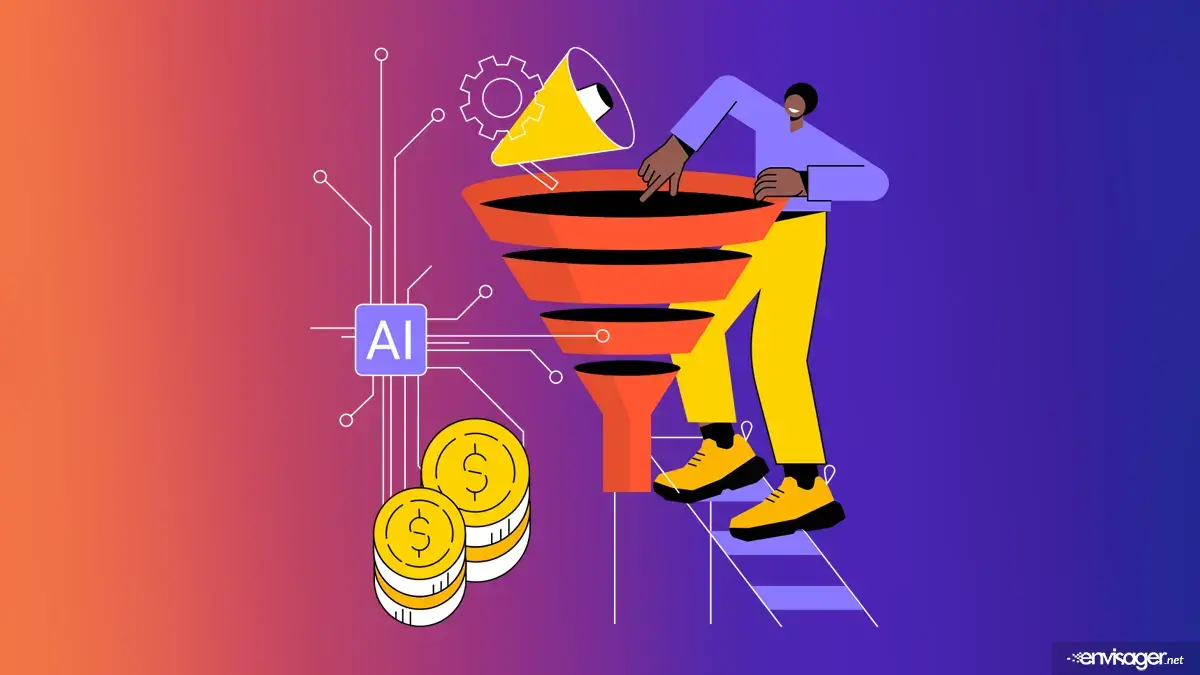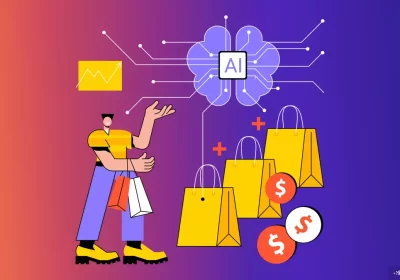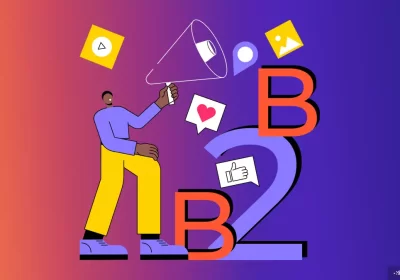AI-Powered Sales Pipeline Management in Web Design

Today’s competitive digital landscape demands businesses go beyond traditional websites and embrace data-driven, smarter solutions. One of the most powerful advancements is the ability to integrate AI-powered sales pipeline management into web design.
This strategic approach continuously integrates artificial intelligence into website architecture to personalize, automate, and optimize the sales journey.
What is AI-powered sales pipeline management in web design?
AI-powered sales pipeline web design refers to designing websites that not only attract visitors but also guide them through an intelligent, automated sales funnel. These websites leverage AI technologies like machine learning, predictive analytics, and conversational bots to streamline lead generation, qualification, and nurturing directly from the website interface.
Instead of a static brochure site, businesses gain an intelligent platform that actively works to convert prospects into paying customers, with minimal manual intervention.
Benefits of sales pipeline enhanced with AI
One of the key benefits of AI-powered sales pipeline in web design is its ability to automate tasks, personalize interactions, and analyze data. It can then use this information to improve conversion rates, efficiency, and accuracy in the sales pipeline.
In fact, AI can predict buying intent and sales outcomes by analyzing patterns in historical data and user behavior. Using these insights, small businesses can forecast revenue more accurately as well as allocate resources effectively.
In addition, AI helps lower human errors in data entry and analysis, leading to more accurate reporting and forecasts.
Before jumping in, you’ll need to:
There are a few things you need reconcile before getting started with AI-powered sales pipeline in your web design. So, before you move forward with this project, consider the following key items.
1. Evaluate your current needs
It’s crucial that you take time to assess your current sales pipeline management rather than diving headfirst into AI. Some of the questions you need to ask: Is my business struggling to keep track of leads as they come through the pipeline? Do you have several people actually doing manual data entry?
Once you answer those questions and other important ones, you can more effectively choose the right AI tools and strategies to address your specific challenges. Some good places to start looking for answers is reviewing your sales performance metrics. Also, getting feedback from your sales team, and analyzing your existing sales process.
2. Choosing the right software
After you have a clear understanding of your needs, it’s time to find the right AI-powered sales pipeline management software to help you meet them. But as with any Software as a Service (SaaS) application, there are a plethora of options to choose from. However, some of the top names includes Salesforce Cloud, Insightly, Hubspot, and Pipedrive.
3. Training your teams
While AI has been around for years and used for different purposes, you may encounter resistance from some people when it comes to using for in web design related purposes. For this reason, it’s essential to provide training and support to help team members embrace AI and it effectively.
So, when choosing your software, look for distributors that offer live customer support as well as has a knowledge base for self-learning.
Wrapping it up
As AI continues to evolve, the boundaries of sales pipeline automation will expand. Voice AI, hyper-personalized content delivery, and predictive lead nurturing sequences will become standard in web design. Businesses that invest early in AI-powered sales pipeline web design will gain a decisive advantage in converting leads, reducing manual workload, and accelerating growth.

Christina Davis
WEB CONTENT DIRECTOR
Christina is the Web Content Director at Envisager Studio. She leads the content creation process and ensures tone and key messaging personifies the client’s brand and engages target markets. In her spare time, she writes about content marketing, content management, and website content.




